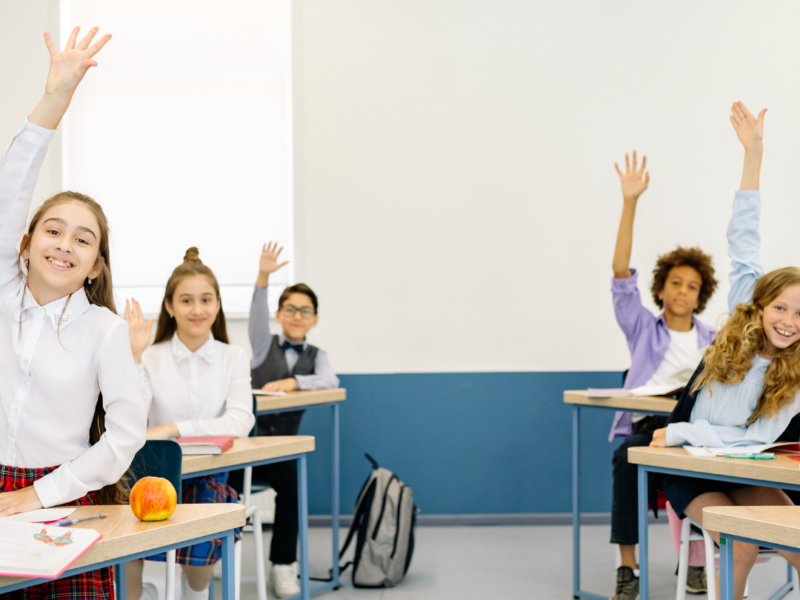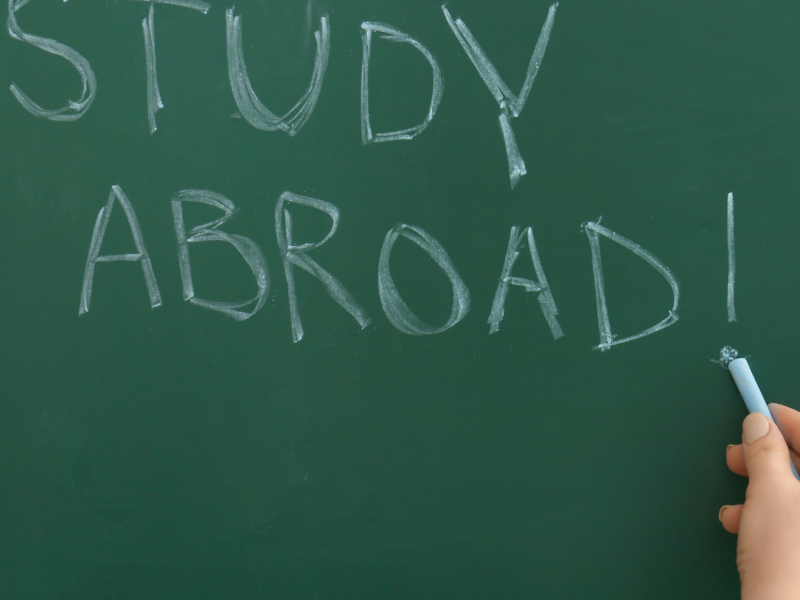There are countless ways in which people learn. Some learn best by reading, others by watching, and others through kinesthetic or real-world experiences. But all these methods have one thing in common: effective learning depends on understanding your learning style.
Sending your child to school for the first time is a momentous occasion. Your child is excited about starting the next chapter of their life, and both of you are anxious to see how the new school will be. As a parent, you want your child to be successful — and one of the best ways to get them started is to figure out what type of education style works best for them. So, here are the Different Education Styles that can give you a better idea of how your child learns.
-
The Visual
There are a variety of education styles and approaches that teachers can use in a classroom. While some teachers might teach with a lecture style, others will use a hands-on approach. And many teachers use a combination of styles. However, one style that is often overlooked is visual learning. Many educators are just beginning to understand the impact of visual learning and want to make their classrooms more visual for students. A visual classroom is one that uses visuals to teach concepts instead of relying on text-heavy textbooks. Using visuals may help students learn better and may help them retain more information.
-
The Kinesthetic
If you’re a parent, teacher, or caregiver, you’ve probably heard someone utter the phrase, “He/she is a visual or kinesthetic learner.” Though these terms are often used interchangeably, each has a very specific meaning. Learning is a process. A complex process, even. And in today’s education landscape, it is often important for students to develop a wide variety of skills, including creativity, critical thinking, and communication. Kinesthetic learning includes aspects where the child or student learns through movement, physical activities, and doing, rather than reading or seeing. It can be said that the body and mind work together to learn and retain new information in a kinesthetic learner.
-
The Read & Write
Writing anything—even a simple college essay—can be a daunting experience but writing an essay in high school can be a particularly daunting task. First, you’re expected to do many things that were once exclusively reserved for adults: for instance, you must be familiar with academic writing formatting styles and conventions. Then, you’re expected to apply that knowledge to writing on topics that may seem foreign to you. Finally, you’re expected to demonstrate mastery of those skills in a graded essay. However, some students may find that reading and writing are great tools to help them learn and gain mastery over the necessary skills better. Researching the topics as well as adequate practice with writing on the same topics can be beneficial to some students who have had a promising experience with this style of learning.
-
The Auditory
The auditory style of learning is quite popular these days. Listening to others and absorbing that information feeds back into our lives and helps us with daily tasks. Auditory learners absorb information best when they are listening to it. They use their senses to take in the information, not read it, and typically take in information at a greater rate if it is recounted. Auditory learners prefer to be asked a question, so by creating an open dialogue through questions, the Auditory learner can respond effortlessly. Teachers describe auditory learners as talking a lot, asking questions, and having lots of opinions. Auditory learners have the tendency to take what others say as fact, so they need to create a dialogue to clarify information. Auditory learners also tend to enjoy group work, as they can listen, answer questions, and absorb lessons. These students have an individualized learning style; they learn best through auditory stimuli, including reading out loud, speaking, and listening. When teaching the auditory learner, use visuals and words to create meaning. Targets, affirmations, and experiences are important aspects of auditory learning.
We all learn differently; no two learning styles are exactly alike—that’s the only way we can most effectively absorb new information. Knowing the importance of learning styles among peers will help you in your education—and for the rest of your life, too. Moreover, for parents, knowing these learning styles can help them analyze how their kid learns, and ways to improve that experience. Most teachers are aware of different learning styles, but some may lack the training to recognize them, and if they do, they may not know how to best help the learning styles of their pupils. This lack of training is unfortunate since learning styles play a huge role in how we learn and can affect how well we learn.



